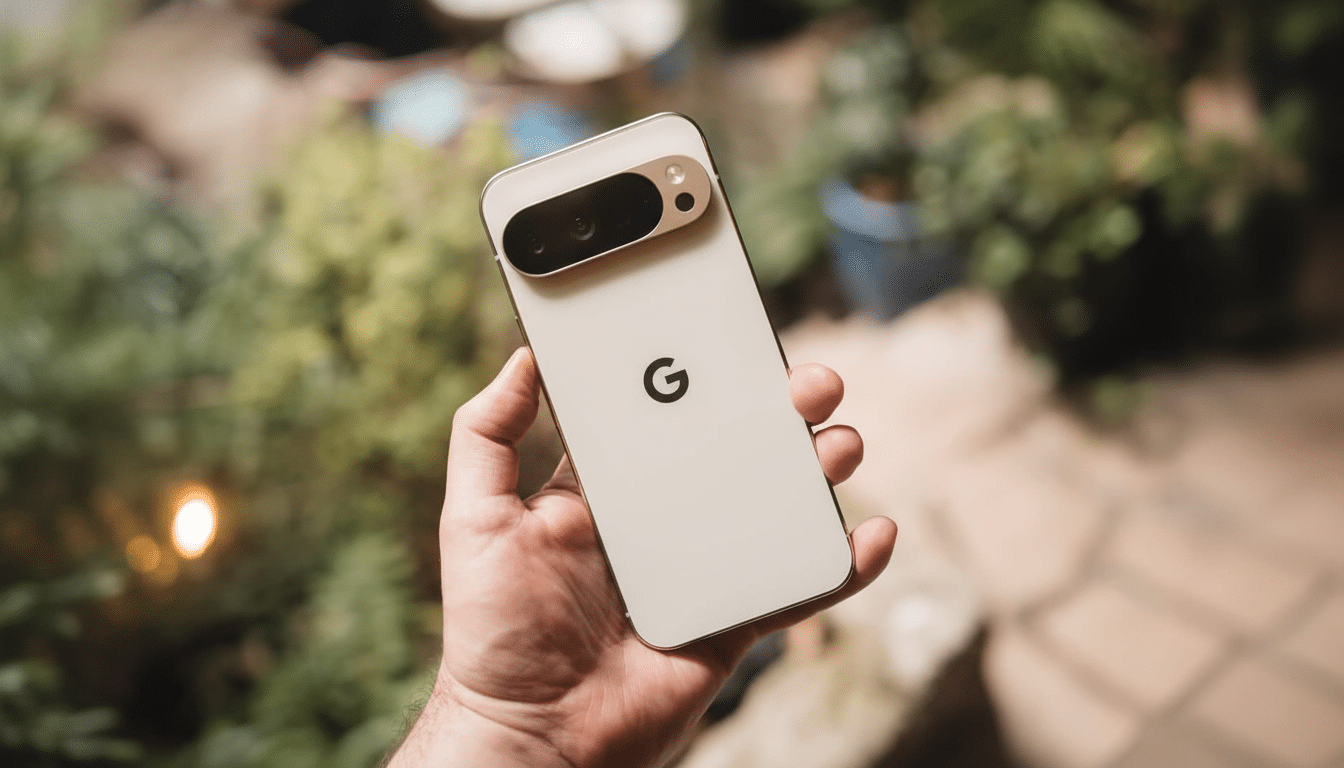Some Pixel 10 users are reporting their new phones freezing behind blizzards of colorful “snow,” an effect reminiscent of an old analog TV with no signal.
Static embraces the screen, taps are still going through but can’t see enough to use the phone. The reports emanate for both the Pixel 10 and the Pixel 10 Pro, and the glitch tends to correct itself — until it doesn’t.

Google hasn’t yet communicated a public fix for the problem, but the company’s community support reps have started soliciting diagnostics from those affected. In the meantime, while we anxiously wait for an official patch or help, there are some practical steps you can take to get your device back in working order, and to prepare yourself for a quick repair or replacement.
What the glitch looks like
Owners Chronicle a full-screen wash of flickering, multicolor noise that can just randomly appear: unlocking the phone, changing apps, scrolling a webpage, or opening the camera. On some of them, touch functionality still functions—the application plays audio or the phone still responds to the touch—but the screen is unreadable, effectively rendering the device useless until the static clears or the phone is turned off and back on.
Moderators of the Pixels community have requested logs on Reddit and Google’s support forums, a sign the company is attempting to replicate whether this is a display driver, GPU, or panel timing issue. Such issues have arisen in previous generations – the Pixel 8 Pro and older – for which some customers were ultimately sent replacements.
No screen – possible quick action solution
Force restart your Pixel. Hold down the power button until the device reboots (approximately 30 seconds). For the most part a hard reboot eliminates the static.
Attempt Safe mode test to see if third‑party apps are involved. From the power menu that pops up, press and hold “Power off” until the Safe mode prompt shows. If it works properly in Safe mode, uninstall the latest apps and updates and restart the phone normally.
Update everything. Settings > System > System update also check Settings > Security and privacy for the Google Play system update. Launch Play Store and update all apps especially your graphics-heavy apps and launchers.
Optional display toggles. Some people say they experienced fewer incidents of this happening after disabling Smooth Display (Settings > Display > Smooth Display) and Always On Display. These aren’t types of fixes, but they could lower the probability that a VRR (variable refresh rate) transition leads the issue to occur.
Back up before deeper troubleshooting. And if the glitch keeps happening, be sure that your photos, messages and 2FA codes are backed up before you attempt more complicated troubleshooting or a factory reset.

Document and report the issue
Capture the evidence. If you can, record a brief video of the static with a separate device. Take note of what you were doing before the issue occurred — maybe you were opening the camera, launching a game, watching a HDR video or unlocking the screen.
Send feedback with logs. On your Pixel, head to Settings > Tips & support > Contact us, or the Feedback option in Settings > About phone. Check the choice which is to collect system logs. Power users can turn on Developer options and submit the full bug report if the next crash occurs.
Reference official channels. Pixel team community managers have been gathering up case details on Reddit’s r/GooglePixel and at the Google support forum. Submitting your report contributes to the pool of issues that we can prioritize and investigate, and helps engineering to better understand the common issues and challenges.
When to argue for a replacement
If it is static after several force restarts, shows up daily or there after Safe mode, contact Pixel support and your seller.
A direct exchange, within the normal return window specified by the carrier or major retailer, is typically the quickest route. Beyond that, the manufacturer warranty will usually cover display and logic-board issues.
Have your case number, videos and timestamps handy. Users with detailed documentation also make there way through support quicker. In previous Pixel launches where displays were faulty, many customers were sent replacement devices after diagnostic tests confirmed a hardware issue.
Under the hood
Though Google has not provided a particular root cause, display engineers frequently associate snow artifacts with a crash or break in the display pipeline—like faults in GPU drivers, bumps in timing controller on LTPO panels, or VRR hand-offs at specific frame rates. Those that dissect mobile displays, such as DisplayMate and Display Supply Chain Consultants, have previously commented how low-luminance transitions, HDR transitions and fast refresh rate transitions can reveal panel timing edge cases.
If touch keeps registering, it’s not a dead panel… It’s going to be a software or driver instability. That would be good news: problems in the graphics stack are generally fixable with over-the-air updates. Support would go towards repair or replacements should the diagnostics indicate the panel or the display connector.
Bottom line
The Pixel 10’s screen blanketed in snow and ice is frightening, but oftentimes short term. Force‑restart, collect evidence, update your software and log a report. If they repeat this behavior, don’t be afraid to escalate to support, within your return window. As Google looks into this, the quickest solution will likely be a software update — or, perhaps, a no‑questions‑asked return if it quickly becomes apparent that hardware is to blame.

